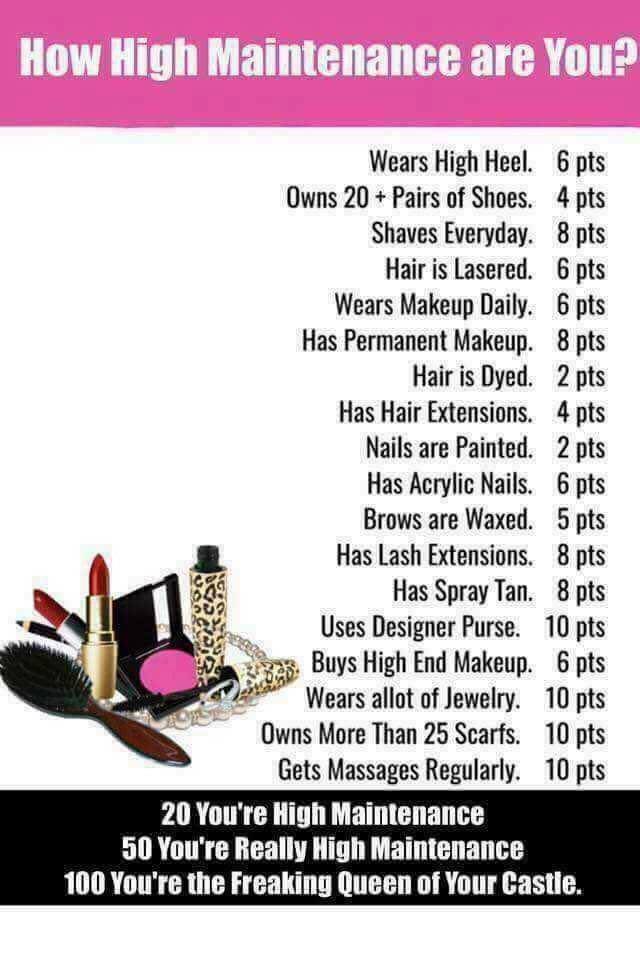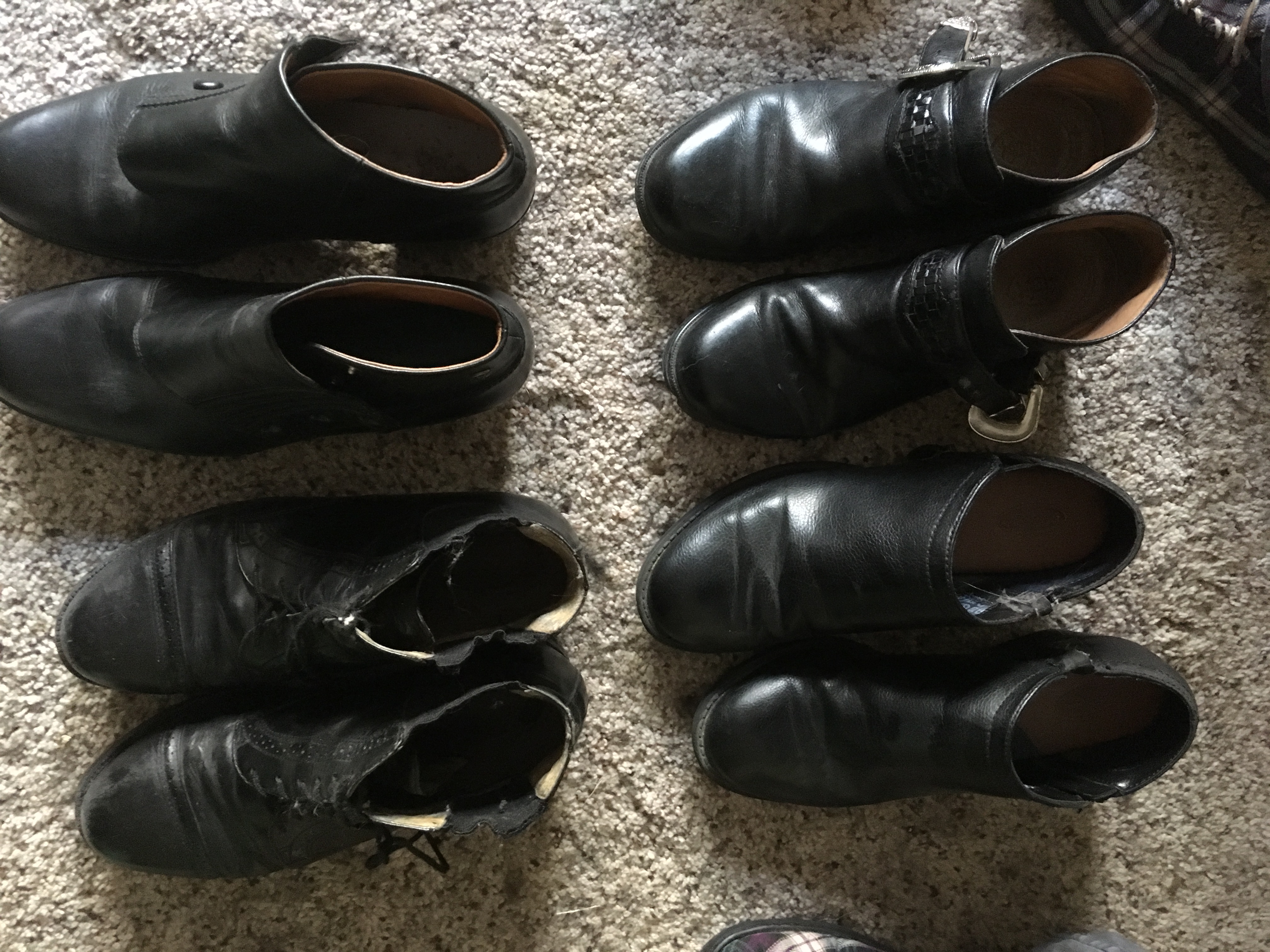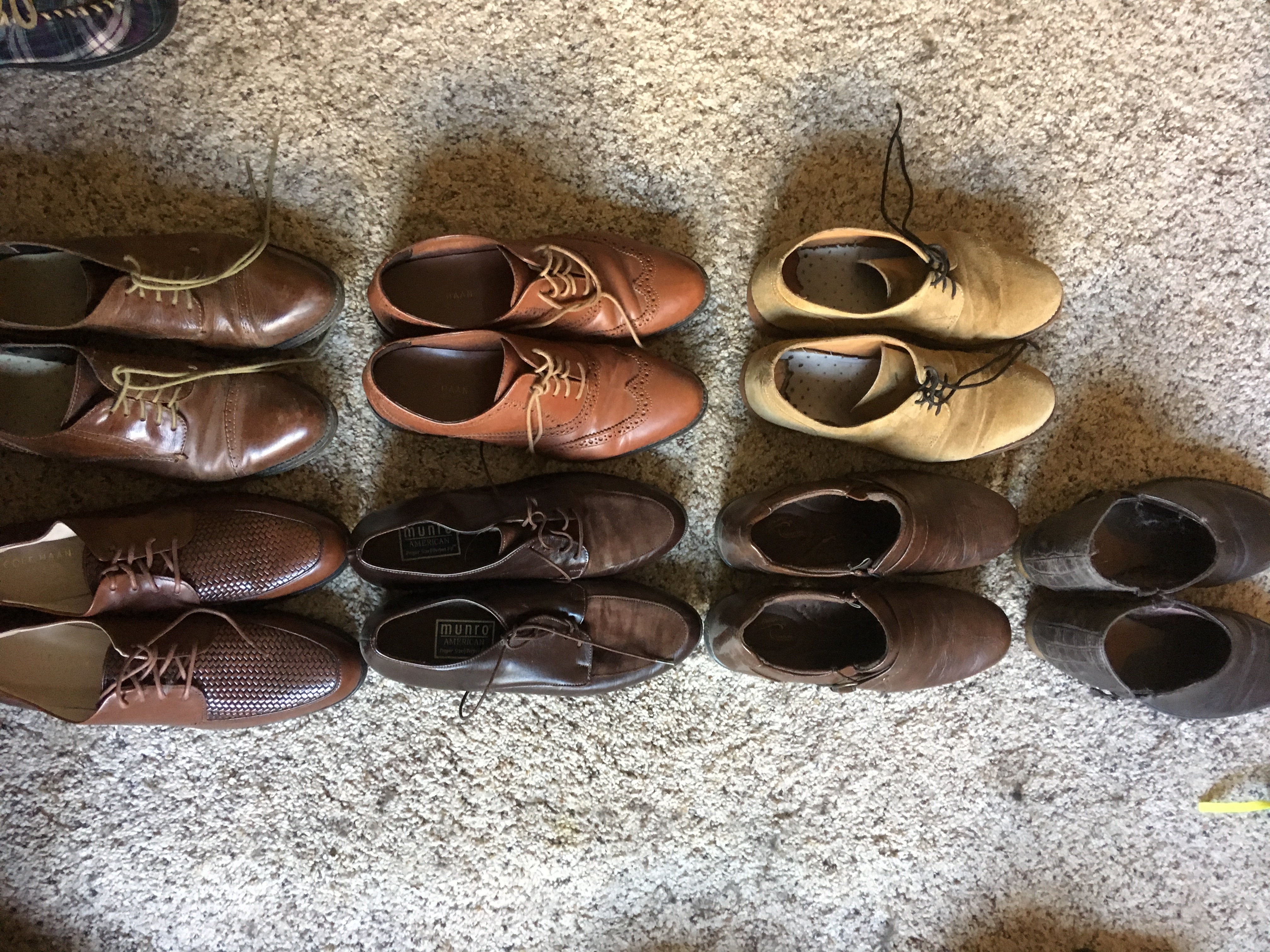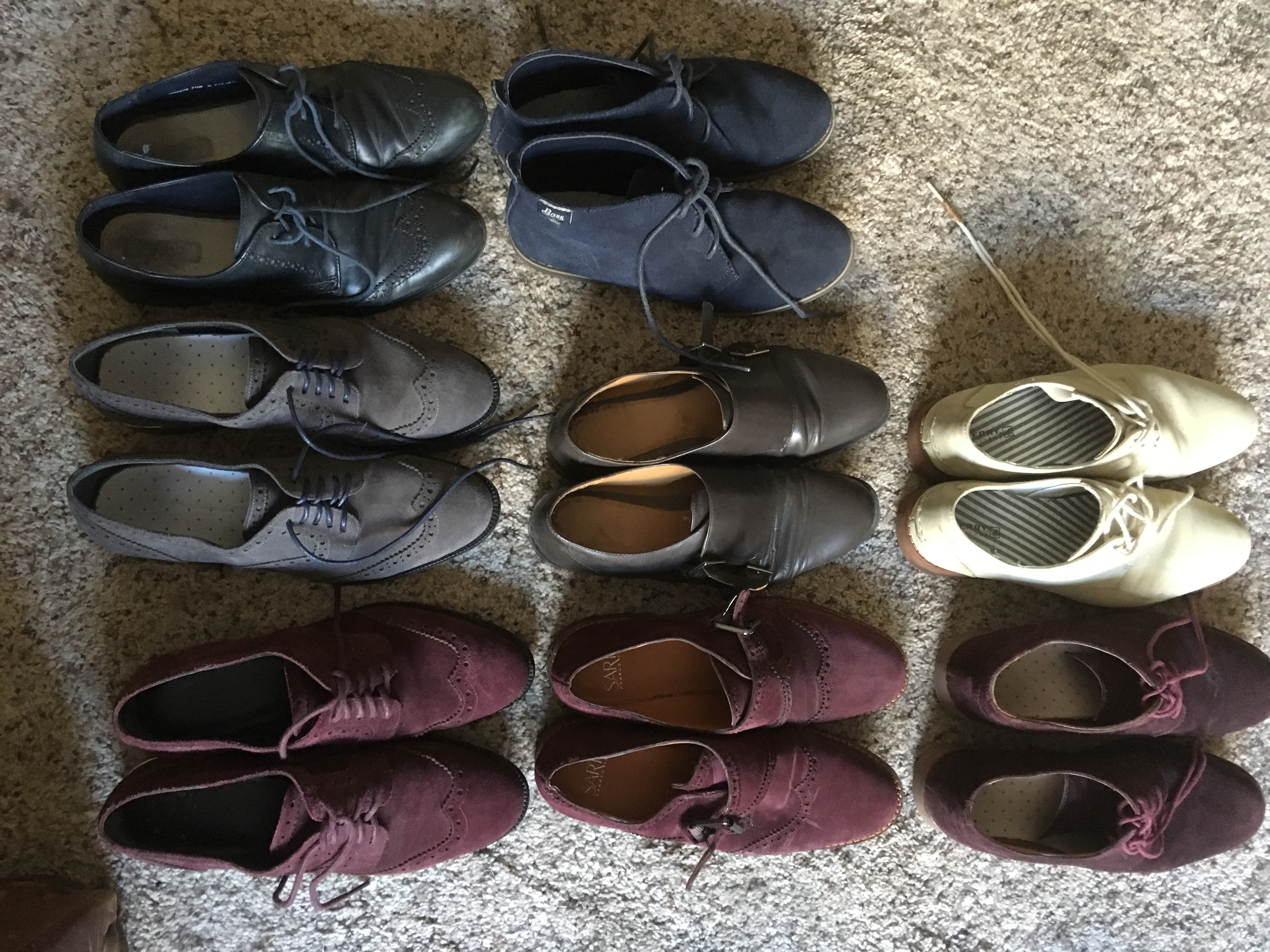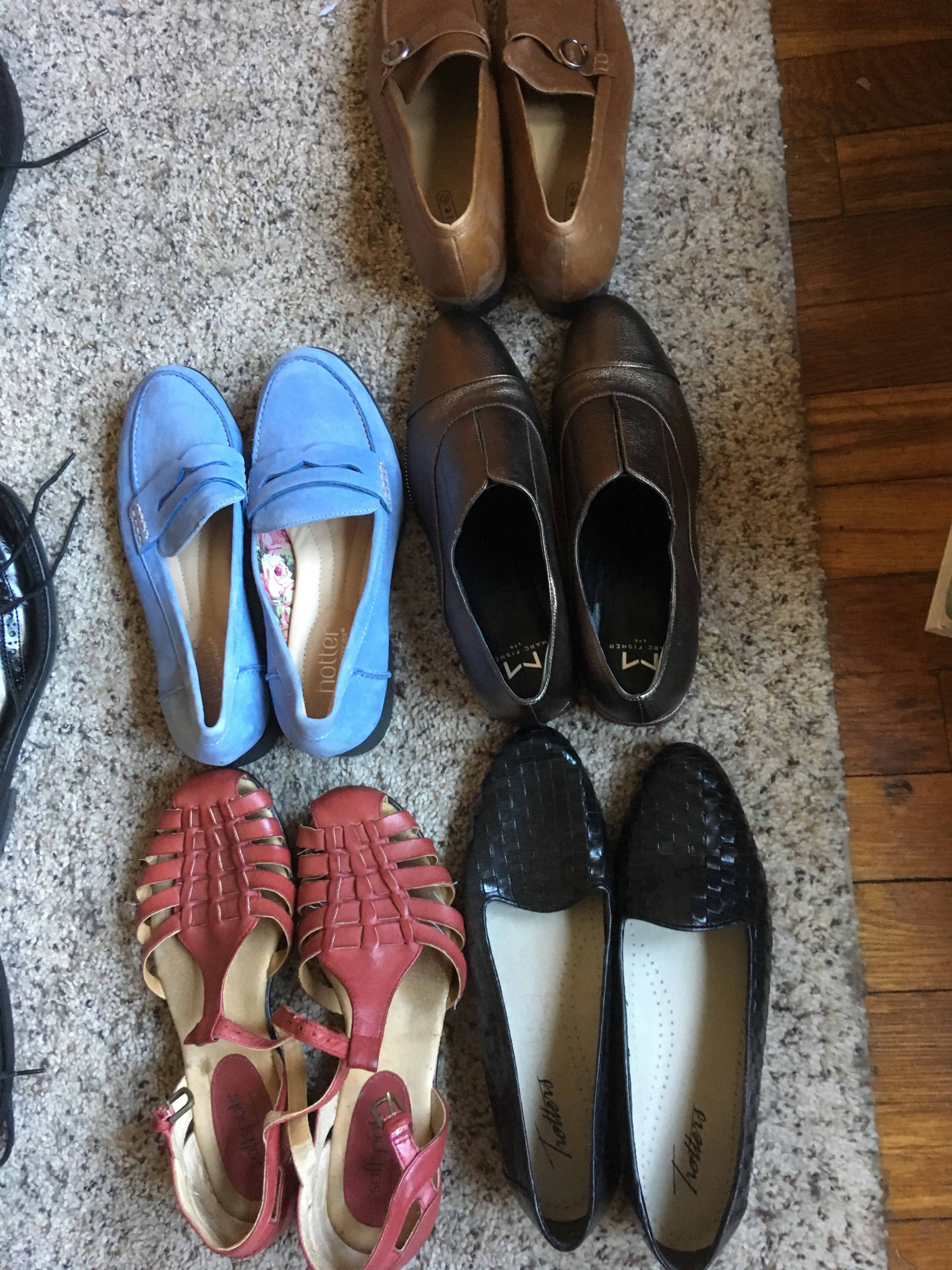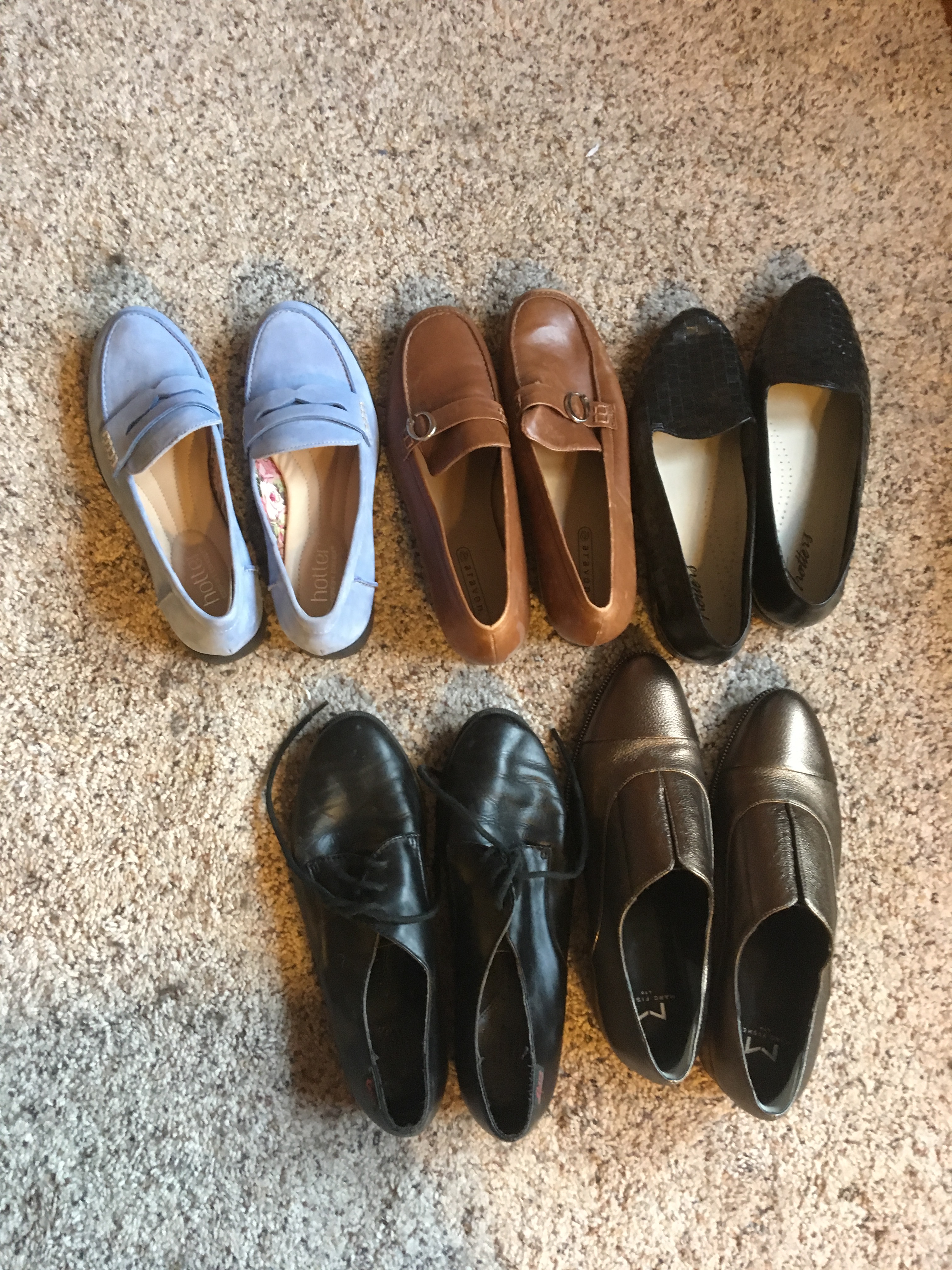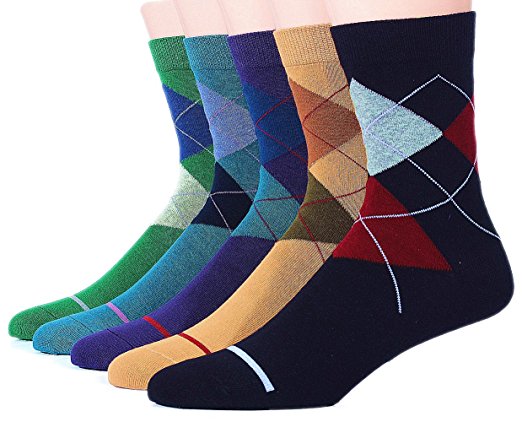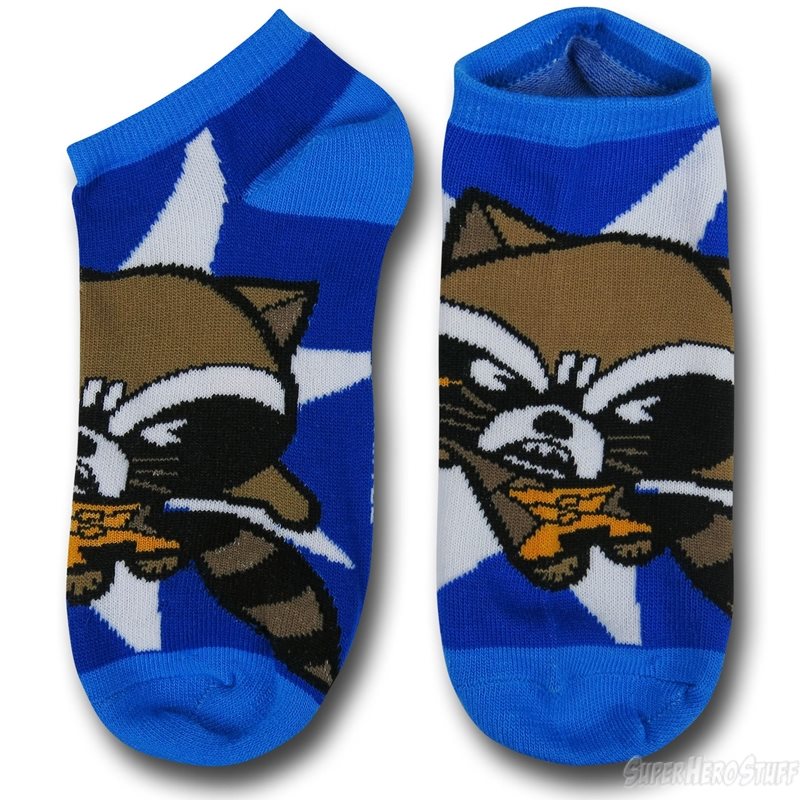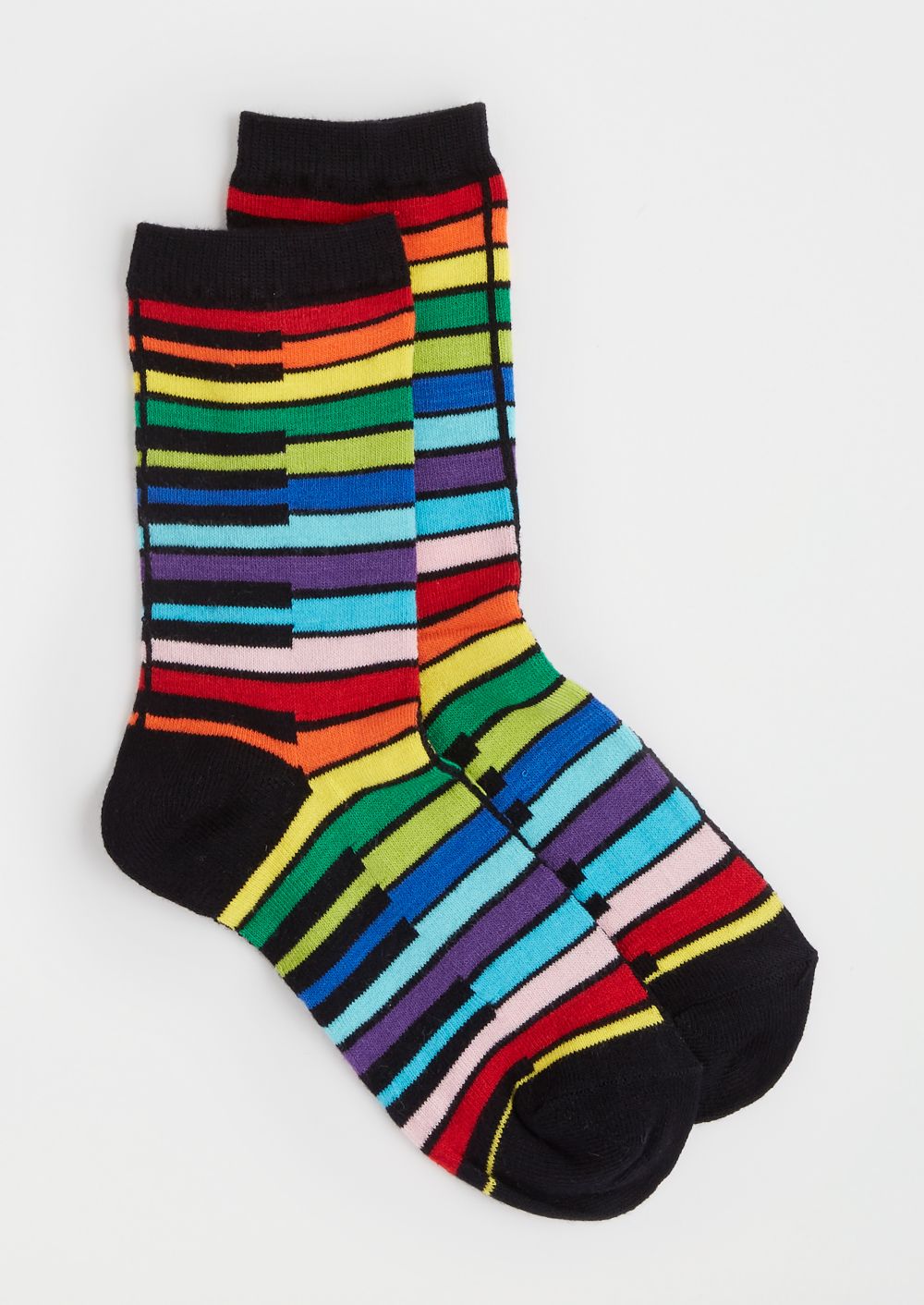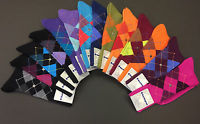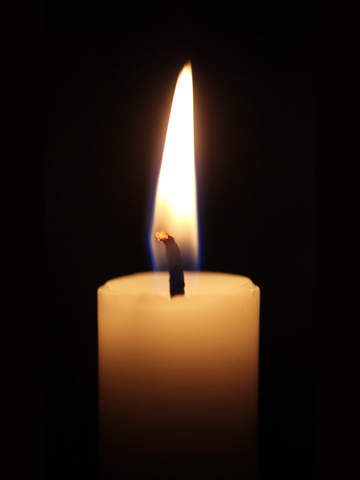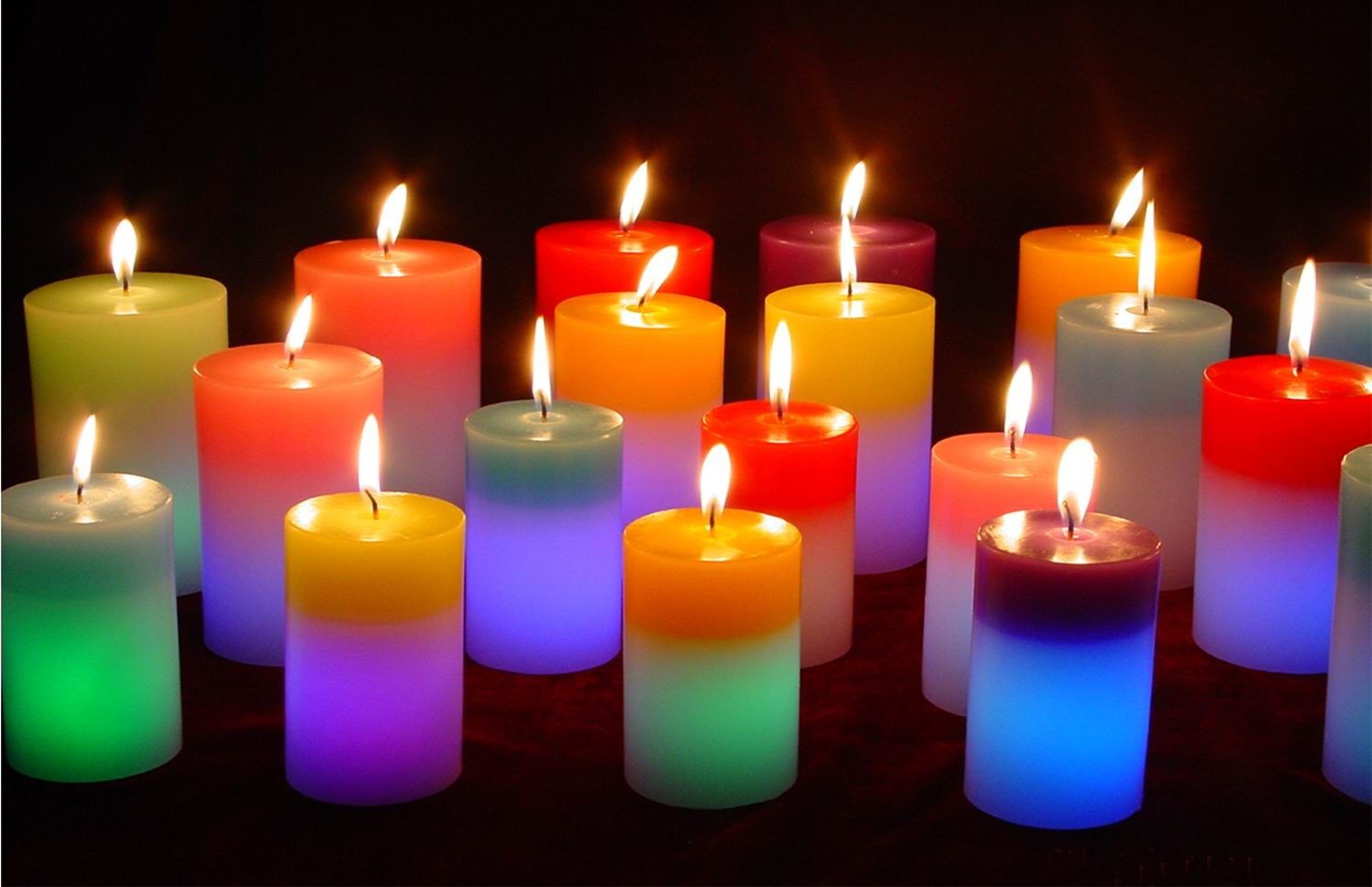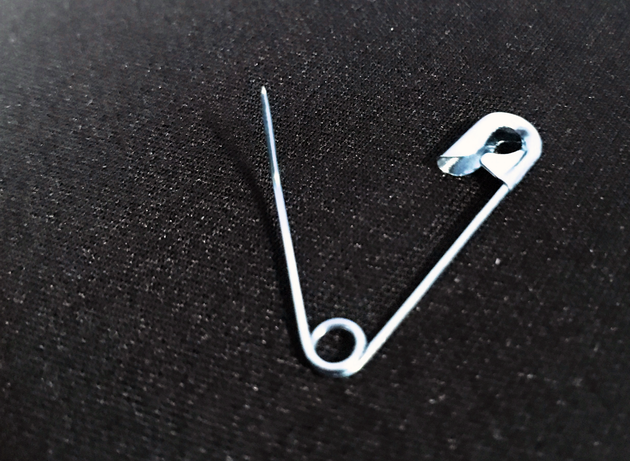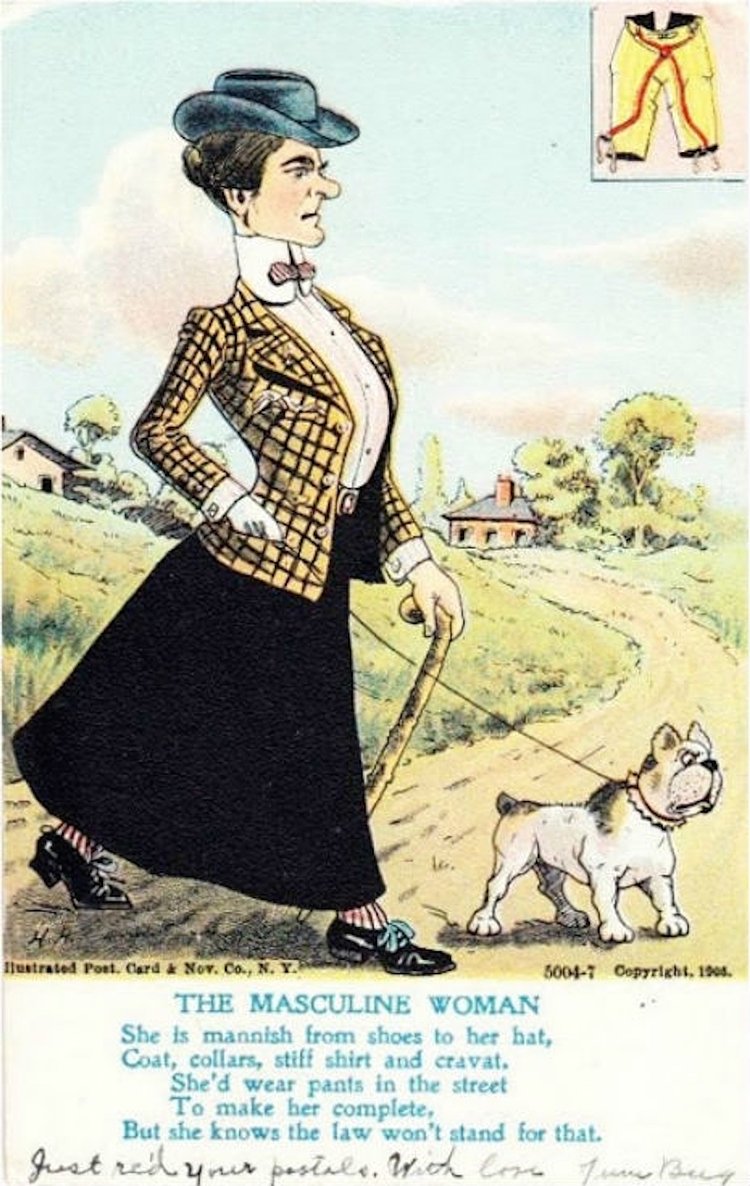In the butch groups I am in, both online and off, one question comes up fairly frequently, either from young butches starting in the work world or older late-comers to butchness (and/or masculine-of-center (MOC) presentation and/or being nonbinary) in the work world. Now I am the last person to try to tell you how to dress if you are in the trades like construction, but as a long-time adjunct professor, I can advise on more white-collar style.
So the question folks ask is how do I start building a butch wardrobe for work. And the answer I often give is this: Start with that staple of the white-collar wardrobe, the blazer.
A blazer is a highly practical, highly adaptable piece of clothing. First of all, it covers you down to the wrist, so if you need to hide tattoos, you’re good. It gives you a uniform shape, so if you want to hide your Covid-15-pound extra belly (maybe I’m projecting here), it’s great at doing that too. People who experience gender dysmorphia will like the way it deprioritizes your bust. Also, it’s got POCKETS.
Let’s face it. Women mostly want three things—lifelong love, bodily autonomy, and pockets—not always in that order.
I’m not a fan of the shorter styles, which end at the hip rather than about three inches lower. A short blazer can be convenient on the train but I’d rather my blazer cover my wallet in one front pocket and my keys in the other. But this is the style of the moment, so oh well, I guess.
I put a black blazer with clean black jeans, or a navy blazer with navy pants and I’ve got an instant pseudo-suit. Or I can pair a black blazer with grey jeans or a navy blazer with khakis and I’ve got a slightly more informal outfit. Or camel or linen with brown or green pants… The possibilities are kind of endless, really.
It occurred to me to look up the history of this piece of clothing and I realized that men would probably call it a “sport coat,” at least in America. Apparently, the British used to and possibly still do call it an “odd coat.” The “odd” meant not part of a whole suit.
For the last few hundred years previous to the nineteenth/twentieth centuries, dress always revealed some very simple binaries: man vs. woman, high vs. low class, military vs. civilian, clerical vs. lay, etc. But outside of task-specific clothing like helmets, aprons, gloves and the like, and with the exception of horse-riding among the upper class, people didn’t wear different clothes for different tasks. Upper class people might have daywear and evening wear, but that had more to do with formality than with the task of sitting around eating. “In fact, it was not until 1923 that the style-conscious Ivy League undergraduate finally accepted the idea of a designated separate jacket for spectator sports” (Flusser 100).
I’m not sure when women started to add a blazer to skirts or dresses. Certainly, women’s riding habits (modeled after men’s) generally had two parts for practical reasons, but women’s clothes have rarely been particularly practical. Imagine a pioneer woman or any poor working woman doing any physical job in a dress. Based on my own memory, I would guess the woman’s blazer took off in the 1980s, and I suspect Ralph Lauren had a hand in that, as he did in popularizing Ivy League clothing styles to the Preppies of that decade.
In 1988-9, I went to every single college interview in the same outfit: a pale blue Oxford cloth button-down shirt, a khaki skirt (A-line, very plain), a navy blazer, and a cranberry necktie with white polka dots. (Don’t recall the shoes; something reddish with a low heel?) I think about this now and then when I wear neckties to work or church NOT along with a skirt but ABSOLUTELY along with a blazer.

My favorite brand for blazers has for several years been JCrew, because they:
• always have good outer hip pockets
• almost always have working breast pockets for my ridiculous pocket square collection (although the size of the pocket can vary widely)
• frequently have an inside pocket and
• can be bought on sale several times a year; you get on the email list and they let you know when they are having a 30-40% off sale. They’re not cheap without a sale, but the quality is always worth it.
When I first started dressing a bit more MOC more consistently, I just added a blazer to whatever work trousers I had and complemented those colors and the button-front dress shirt or casual shirt and then a colorful pocket square in the blazer’s breast pocket. I’ve even gotten compliments from women in the restrooms at work and, as other MOC people will tell you, that’s surprisingly uncommon. (Usually they think you shouldn’t even be there.) But women seem to like that little pop of color.
That’s it for now. I’ll address pocket squares another time.
Flusser, Alan. Dressing the Man: Mastering the Art of Permanent Fashion. Dey St., 2002.




